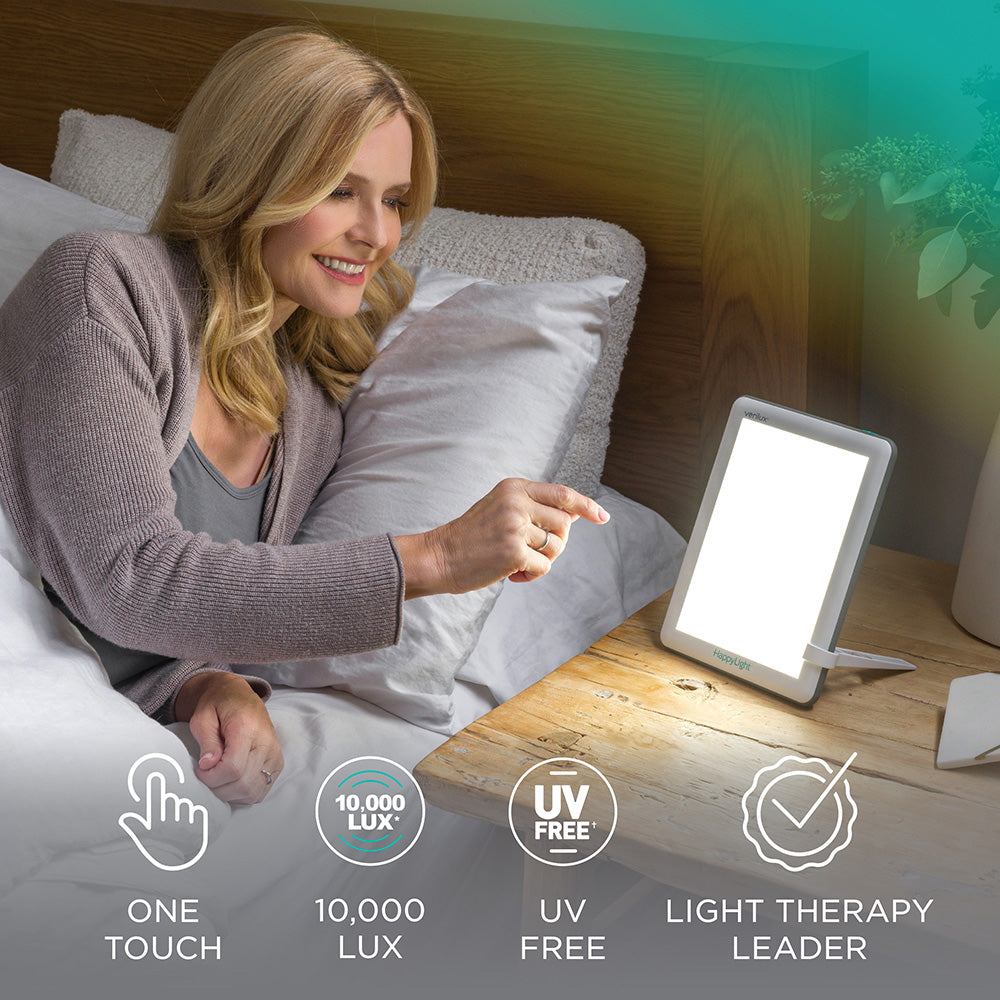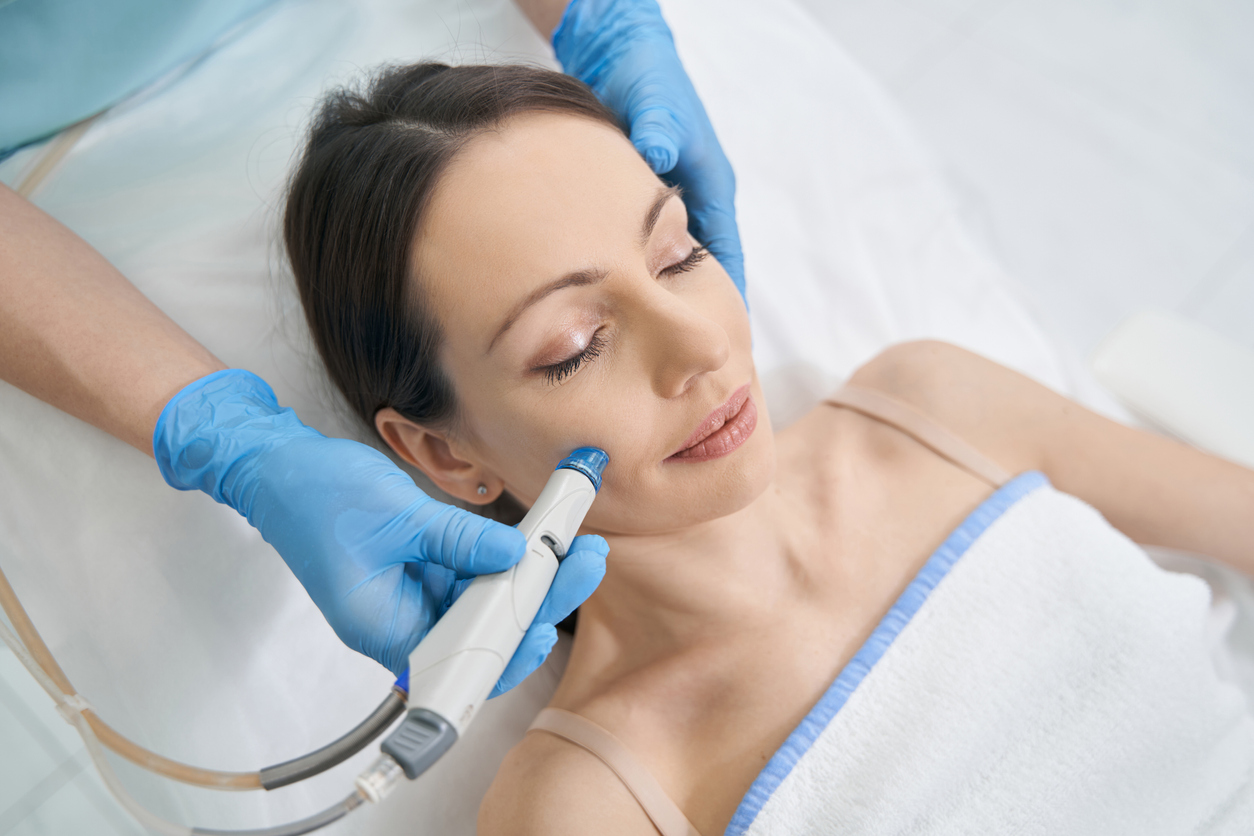The Details of Photobiomodulation Therapy: A Comprehensive Overview
Wiki Article
Checking Out the Efficacy of Photobiomodulation Therapy in Mental Health
Have you ever before questioned if there is a new, innovative treatment that could potentially change the area of psychological health? Well, look no further! In this exploration, we look into the world of photobiomodulation treatment and its efficiency in dealing with psychological health and wellness disorders. This innovative therapy, commonly referred to as PBM, uses specific wavelengths of light to stimulate cellular task and promote healing. While originally developed for cells fixing, recent research studies have actually highlighted its potential benefits in psychological wellness, particularly in handling clinical depression and anxiety conditions. By losing light on this emerging field, we aim to reveal the promising ramifications of photobiomodulation treatment and its possible to transform the way we approach psychological wellness treatment.The Science Behind Photobiomodulation Therapy
To recognize the performance of photobiomodulation therapy in mental health, it is very important to dig right into the underlying clinical principles that drive this innovative treatment technique. Photobiomodulation treatment, additionally referred to as low-level light treatment, entails the usage of details wavelengths of light to boost mobile function and promote healing in the body. This treatment functions by targeting the mitochondria, which are the giants of our cells. When subjected to specific wavelengths of light, the mitochondria generate even more adenosine triphosphate (ATP), which is vital for power production and cellular metabolic process.In addition, photobiomodulation therapy has been located to have neuroprotective results. It can improve the production of neurotrophic factors, such as brain-derived neurotrophic factor (BDNF), which advertise the development and survival of neurons. This stimulation of neurotrophic elements can assist regrow and fix harmed nerve cells, possibly bring about boosted cognitive feature and mental wellness end results.
Additionally, photobiomodulation therapy has actually been shown to lower swelling in the brain. By regulating the inflammatory response, it can alleviate the damaging effects of neuroinflammation, which has actually been implicated in the development of numerous mental wellness conditions. Furthermore, this therapy can boost blood flow and oxygenation in the brain, improving total brain function.
Potential Benefits of Photobiomodulation Therapy
Now let's delve into the possible advantages that photobiomodulation therapy provides in improving psychological health and wellness. Photobiomodulation treatment, also understood as low-level light treatment, has shown pledge in treating various mental health and wellness problems.In addition, this treatment has actually also been found to improve cognitive function. Research has shown that photobiomodulation therapy can enhance brain function by raising blood flow and oxygenation in the brain. This can bring about enhanced memory, focus, and overall cognitive performance. Furthermore, photobiomodulation treatment has been shown to have neuroprotective impacts, indicating it can help secure and repair harmed mind cells. This is especially useful for people with neurodegenerative problems such as Alzheimer's illness.

Photobiomodulation Therapy and Clinical Depression
One major benefit of photobiomodulation treatment is its capacity to considerably minimize signs and symptoms of depression (pbm therapy). Depression is a typical psychological health problem defined by relentless feelings of despair, loss of passion or enjoyment in everyday activities, and modifications in hunger and rest patterns. Traditional treatment choices for clinical depression include medicine and psychiatric therapy, but photobiomodulation therapy uses a promising alternative
Photobiomodulation therapy includes the usage of low-level light therapy to stimulate cellular feature and advertise recovery. The treatment works by increasing blood flow and oxygenation to the brain, which can boost mood and lower depressive signs and symptoms. Research research studies have actually shown that photobiomodulation treatment can successfully minimize signs and symptoms of depression, consisting of reduced mood, exhaustion, and absence of motivation.
One study released in the Journal of Affective Disorders discovered that participants who received photobiomodulation treatment experienced a significant reduction in depressive signs and symptoms contrasted to those that received a sugar pill therapy. One more study released in the Journal of Scientific Psychiatry showed that photobiomodulation treatment was reliable in minimizing symptoms of depression in patients with treatment-resistant depression.
Photobiomodulation Treatment and Stress And Anxiety Disorders
There are numerous methods which photobiomodulation treatment can successfully relieve signs and symptoms of anxiety disorders. One method is by lowering the task of the amygdala, which is the component of the mind in charge of pbm therapy refining worry and stress and anxiety. Research study has actually shown that photobiomodulation treatment can modulate the activity of the amygdala, bring about a decline in anxiety symptoms. In addition, this treatment can also increase the production of neurotransmitters such as serotonin and gamma-aminobutyric acid (GABA), which are recognized to contribute in controling mood and anxiety. By boosting the levels of these neurotransmitters, photobiomodulation treatment can aid to stabilize the brain chemistry and ease stress and anxiety signs and symptoms. This treatment has been located to boost sleep high quality, which is often disrupted in individuals with anxiousness problems. By promoting much better rest, photobiomodulation therapy can even more minimize anxiety symptoms and enhance general health. In general, making use of photobiomodulation treatment in the therapy of anxiousness disorders reveals promising cause reducing signs and symptoms and boosting the lifestyle for individuals having problem with anxiousness.Future Research Study and Implications
To further discover the efficiency of photobiomodulation treatment in mental health, future study needs to focus on its lasting results and prospective applications in various psychological conditions. While the current proof recommends appealing cause minimizing signs of anxiousness, anxiety, and cognitive decline, it is crucial to explore the sustained advantages of this treatment over an extended duration. Long-lasting studies could aid identify whether the favorable impacts persist past the treatment duration and whether the therapy can prevent relapse or reappearance of signs.In addition, future research study ought to intend to examine the possible applications of photobiomodulation therapy in various other psychiatric conditions such as schizophrenia, bipolar illness, and trauma. Checking out the effectiveness of this therapy in varied mental health and wellness problems would supply an extra extensive understanding of its healing potential and broaden its clinical utility.
Additionally, it would certainly be useful to discover the optimal treatment specifications for photobiomodulation treatment. photobiomodulation laser. This includes identifying the proper dose of light, the period and regularity of sessions, and the most effective wavelengths for different mental wellness problems. Understanding these parameters would assist maximize the healing results and guarantee standardized procedures for scientific technique

Conclusion
To conclude, photobiomodulation therapy shows assurance as a possible therapy for mental wellness disorders such as depression and anxiety. The science behind this treatment recommends that it can effectively modulate brain activity and promote neuroplasticity. While more research study is required to fully comprehend its efficiency, the potential benefits it supplies make it an exciting location of investigation for future mental health therapies.Photobiomodulation therapy, also recognized as low-level light therapy, involves the usage of certain wavelengths of light to stimulate mobile function and advertise healing in the body. Photobiomodulation treatment, likewise known as low-level light treatment, has revealed guarantee in dealing with different mental health and wellness conditions.Photobiomodulation treatment involves the usage of low-level light therapy to boost cellular function and advertise recovery.To additionally explore the efficiency of photobiomodulation therapy in psychological health and wellness, future research must concentrate on its long-lasting results and prospective applications in numerous psychiatric problems.In conclusion, photobiomodulation treatment shows pledge as a potential treatment for psychological health conditions such as anxiety and anxiousness.
Report this wiki page